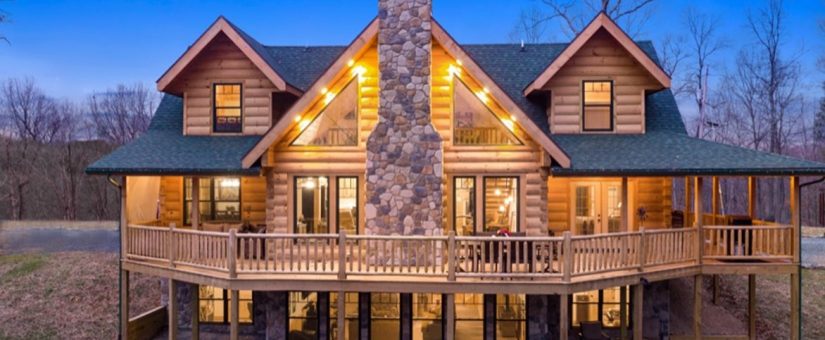
Maximizing Acoustics and Sound Quality in Timber Frame Home Plans
- On September 26, 2024
Achieving perfect acoustics and sound quality in timber frame home plans requires detailed attention to home design. Understanding aspects like the use of trusses, timber frame floor plans, and timber frame house plans helps to create ideal living spaces.
Considerations for Size and Layout
When planning a dream home, factors such as square footage, the main level, and the second floor are pivotal. The great room and living room are common areas where sound quality can be optimized.
The Role of Materials
High-quality craftsmanship and joinery are crucial in timber frame buildings. Using Structural Insulated Panels (SIPs) not only contributes to energy efficiency but also enhances sound isolation.
Homeowner Preferences
Homeowners seeking custom designs should prioritize their specific needs within home floor plans to ensure that every aspect of their lifestyle is thoughtfully accommodated. The design process should meticulously consider everything from the main floor layout, which serves as the central hub of daily activities, to the master bedroom, ensuring it serves as a serene and functional personal retreat.
Benefits of Timber Frame Structures
Timber frame homes, especially mountain homes with a craftsman touch, offer unique advantages. Whether it’s custom timber frames or standard building systems, getting in touch with experts can ensure high standards.
Here are 10 compelling reasons why sustainable timber stands out as an excellent construction material, and why we should consider building contemporary off-site timber houses today:
-
Natural material:
Timber is one of the few natural building materials that come with numerous advantages. It is generally non-toxic, does not emit chemical vapors into the environment, and is safe to handle and touch. Moreover, timber ages naturally over time.
-
Ecology and sustainability:
Timber has been used for construction for thousands of years. It is an ecological, sustainable, and genuinely renewable building material. Timber growth surpasses its consumption rate. Many primary timber-producing countries have long-standing policies to ensure that more timber is grown than felled. As long as new trees are planted to replace harvested ones, the supply of timber will continue. Additionally, timber is often milled and utilized close to its production site, promoting local economies and reducing the energy required to transport materials over long distances.
-
Low production energy:
The process of converting tree wood into usable timber requires minimal energy, resulting in low embodied energy in timber. Timber has the least embodied energy compared to almost all other common building materials.
-
Carbon storage:
Timber stores carbon that it absorbs from the atmosphere during its growth. This stored carbon helps mitigate the greenhouse effect. When timber is used in buildings, it continues to store carbon for the lifespan of the structure.
-
Excellent insulation:
Timber acts as a natural insulator, contributing to reduced energy needs when used in windows, doors, and floors. Timber frames provide more space for insulation compared to brick buildings, coupled with wood’s inherent thermal insulating properties. Homes with better insulation demand less energy for heating and cooling, typically resulting in reduced fossil fuel consumption.
-
Energy-efficient timber houses:
Wood minimizes energy consumption in various ways. Life cycle studies show that wood and timber frame houses significantly outperform steel and concrete structures in terms of energy efficiency.
-
Ease of work:
Timber’s versatility allows for use in various applications. Being lightweight, it is easy to install and requires simple equipment, reducing construction energy needs. Different tree species produce varying colors, textures, and functional qualities in timber.
-
Design flexibility:
Considering the relationship between material use and environmental impact is crucial when building a home. Timber offers limitless design possibilities along with unmatched physical and technical properties for frame homes.
-
Quick build time:
Building with timber is faster because a timber frame can be pre-cut, modulated, and built precisely off-site before being assembled on-site. This results in quicker construction times than brick buildings and less debris clearance.
-
Durability and ease of maintenance:
Timber is highly durable; some well-made wooden structures last for centuries. It is also easier to maintain compared to other materials.
Final Thoughts on Design
Balancing aesthetics and functionality in terms of acoustics will result in a new home that meets both auditory and visual expectations. Detailed timber frame home designs are key to building an impeccable living space.
Call 800-970-2224 to start maximizing acoustics and sound quality in your custom timber frame home plans with our expert guidance. For more information visit website- Natural Element Homes.

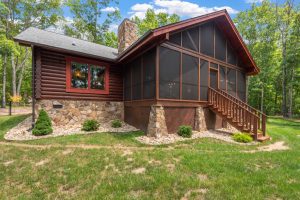
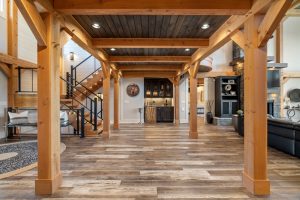
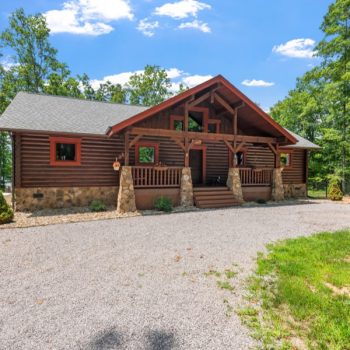
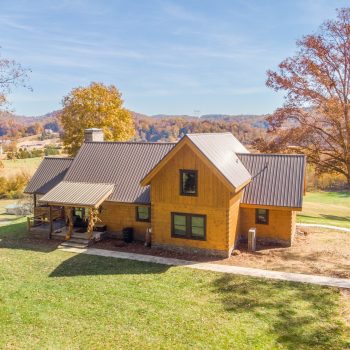
0 Comments